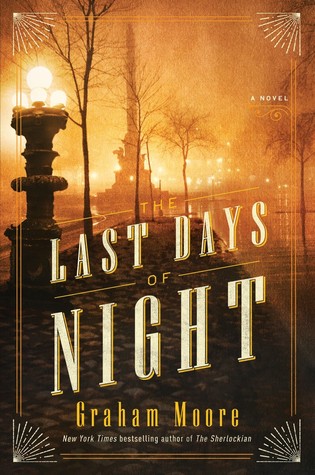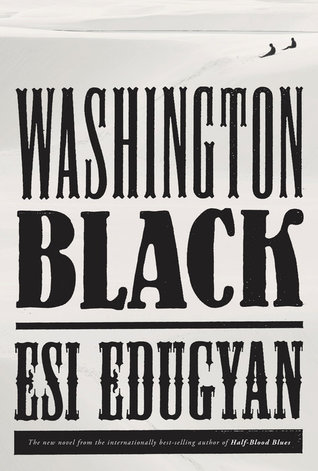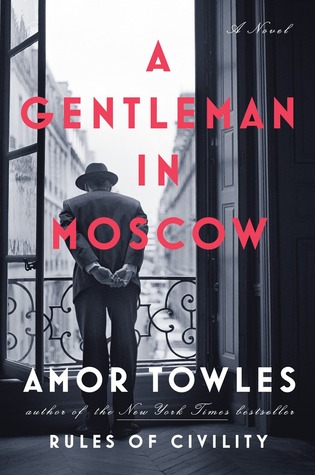Based on true events, The Last Days of Night is the fictionalized account of what went down between Edison, Westinghouse, and Tesla in the legal battle of the century for the rights to the light bulb patent. Whoever won the case would be the one to light up America, receiving all of the accolades and all of the money. At the forefront of this story is, most unusually, a fresh young attorney just out of law school. Random House | August, 2016 | Hardcover | 368 pp
Paul Cravath was already a partner in a new law firm and he hadn’t even tried a case, a circumstance brought about by lucky happenstance (the making partner part). Because Paul didn’t have any cases under his wing and no connections to any major companies or bigwigs, he was probably the perfect lawyer for Westinghouse. Everyone else had ties to Edison or a company doing business with Edison General Electric in one way or another. After an interview with George Westinghouse, Paul Cravath takes his first client – and the biggest court case of the time: Edison versus Westinghouse. Edison had filed hundreds of suits against Westinghouse for patent infringement, and it seemed that Westinghouse would inevitably lose – he had already lost in public opinion.
“Who invented the light bulb? This was the topic at hand. Technically, the litigation was between the Edison Electric Light Company and the Mount Morris Electric Light Company, but everyone knew that these were subsidiaries and legal proxies for their parent companies. Even the attorneys litigating this $1 billion case called it simply Edison v. Westinghouse.
It was a huge undertaking but one Paul took willingly. While it was true that Edison had the first patent for the light bulb, Westinghouse alleged that his bulb was completely different and vastly superior, and so he should be able to sell his version as well, which he had already been doing. Edison’s tactic was plain and simple: to bury Westinghouse through financial burden with numerous lawsuits and sully his reputation. Edison played dirty.
“Can’t people tell that Edison is without the patience, not to mention the skill, the craft, to build quality products? EGE makes so very many things, of such unprecedented breadth, and yet each one is, pardon, shit. They’re shit. Edison makes shit and he sells so much shit that no one notices it’s all shit. Shit is what Thomas Edison invented. I invented the light bulb. I perfected it, built it. It is the best in the world and it is only getting better.” – George Westinghouse
For a while, Paul’s only hope was to delay litigation on most of the suits until Edison’s patent expired. But when he came across a strange, tall Serbian named Tesla who had a score to settle with Edison, things changed. Tesla joined up with Westinghouse and during his short time there, invented A/C (alternating current) as a source for power. The existing D/C (direct current) batteries could only power a block. But the new A/C power boxes could charge a city. Westinghouse now had a vastly superior product, and Edison would again try to sully his reputation with cries of danger. This attempt ended in a botched execution with the brand new electric chair.
In the end, it all came down to money. Edison had much more of it, and Westinghouse was running out. It looked as if bankruptcy was imminent and Edison would be the winner. But with a cunning new-blood lawyer by the name of Paul Cravath, an opera singer by the name of Agnes Huntington, that strange Serbian scientist by the name of Tesla, help from Alexandra Graham Bell, and New York magnate J.P. Morgan, anything was possible.
The court case, the main players involved, and the eventual fall out is entirely true. This is a factual legal dispute from American history. The author drew from events occurring around the same time to flesh out this fascinating account. Naturally, the dialogue and relationships are invented and liberties are taken to ensure a thrilling read. Graham Moore explains the incidents and information he discovered from old newspapers in the afterward which pieced his story together. It was the lawyer who inspired his vision for the book: Mr. Paul Cravath, who was at the very center of this court case, was insanely young and inexperienced. Who was this man? Moore characterizes him as a mild-mannered, extremely clever, patient young man.
I never knew about the feud between Westinghouse and Edison, and the vengeance Edison would wield upon his competitors- both of which are factually true. Thomas Edison is a historic figure who has always been painted as genius and iconic – and that’s the way I’ve always thought of him. The Last Days of Night paints Edison as ruthless and corrupt. Interestingly enough, Author Graham Moore likens the Westinghouse/Edison feud to another modern-day feud using quotes to proceed each chapter – that being between Bill Gates and Steve Jobs.
“Don’t you understand that Steve doesn’t know anything about technology? He’s just a super salesman … He doesn’t know anything about engineering, and 99 percent of what he says and thinks is wrong.” – Bill Gates
History repeats itself! And I see where Moore got the inspiration for Westinghouse’s characterization.
The Last Days of Night
by Graham Moore




